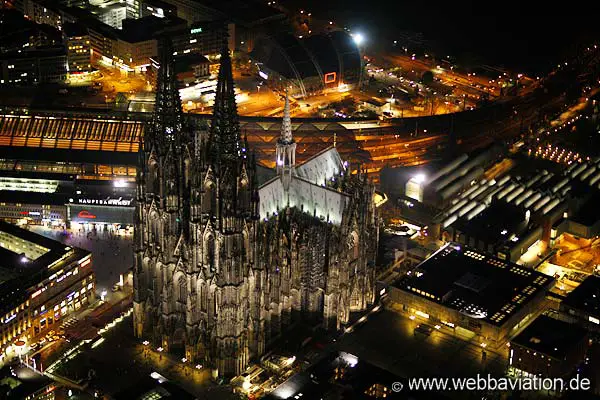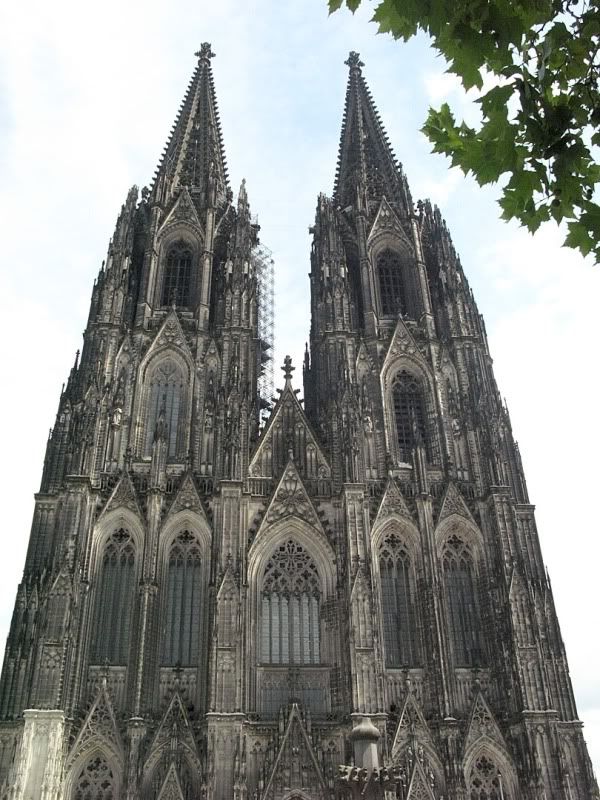
The beginning of this movie was a little bit confusing to me. Before class I had looked it up on Wikipedia to see what this movie was about so I could get an idea of what was going to be happening. I figured out that it was going to be about the R.A.F. which was the Red Army Faction. If I wasn’t to research on this before watching the movie I’m pretty sure I would be totally confused and lost on what was happening in the movie. Like I said, the beginning was really confusing but as the movie went on it started to make more sense to me. What I got out of it, was that the government in Germany was changing and a group stood up and started to rebel. The police and the rest of the government didn’t like this so they started to intimidate them with violence. The rebellions (R.A.F.) thought that if they were going to change anything they needed to speak with action instead of just standing around and talking about changing but not acting on anything. One group of people decided to do this, and they were caught and imprisoned for it. When they were in jail, new generations decided to the same things as what they were doing. I don’t really agree with what they did, and at the same time I do. I think it was wrong that they vandalized, injured, and sometimes killed people. It makes sense that they would want to speak with actions but they could maybe have done it in a less harmful way. At the same time I think it was their only choice though because the government was being so violent too.










